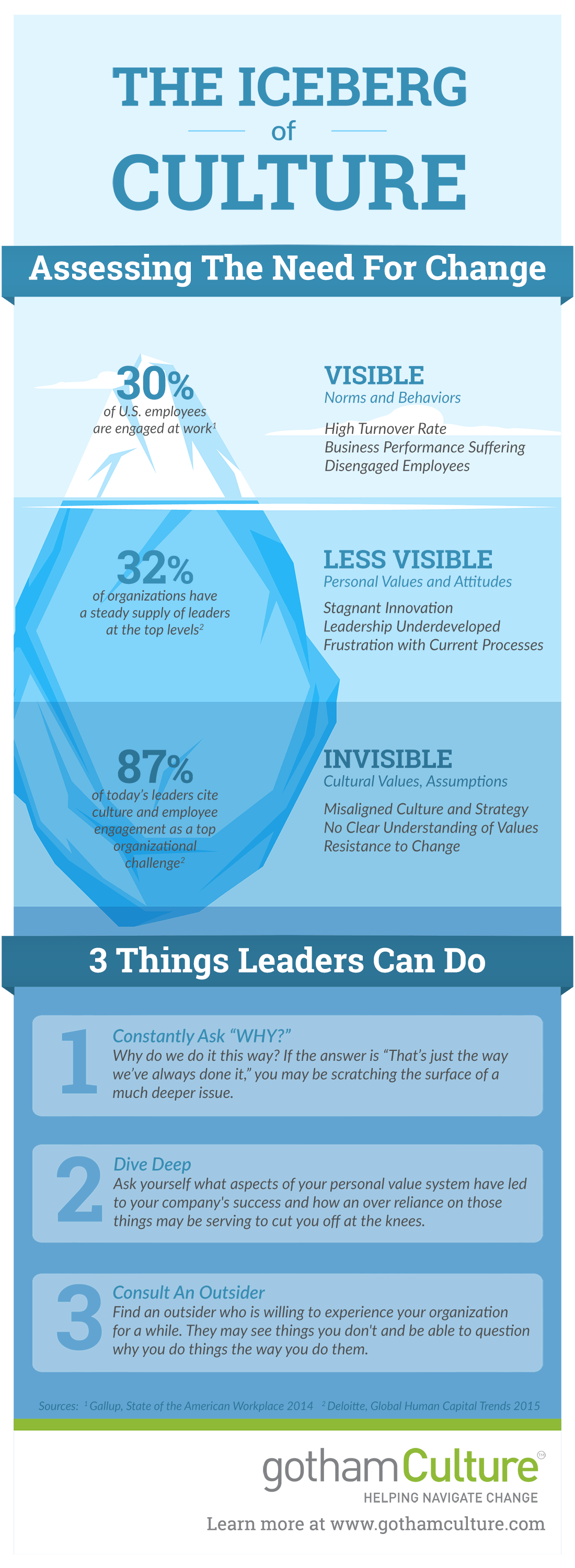Have you ever wondered how your work environment impacts your well being and prosperity? Is your office environment meeting your core human needs? How do the mysteries of work and life connect to how and where we work?
Every once in a while I meet someone really interesting in my travels. Someone who is dong fantastic work that makes me stop and rethink the way I look at the world.
Herman Miller’s Director of Human Dynamics and Work, Tracy Brower is one of those people. Tracy is the author of Bring Work to Life by Bringing Life to Work. In addition, Tracy’s role within her organization is to create Herman Miller’s point of view about the impact of work on life, and of life on work; to link what we know about people to Herman Miller’s product design, solutions, and customers.
For those of you who are unfamiliar with the Herman Miller story, they’ve been around for over a century, taking an innovative approach to business and work environments. They’ve been recognized year after year as a leader in corporate sustainability and workplace solutions. Herman Miller is known for human-centered, problem-solving design and Tracy was kind enough to spend some time with me describing the work that she and her team have been doing to really understand the human condition.
The Science of Human Dynamics and Work
“Our efforts really started with a deep desire to understand people and to develop a clear sense of why and how people work,” Brower shared. “We are interested in the sociology of work- how we impact our work environments and how our work environments, in turn, impact us.”
With these fundamental questions at the core of their work, Herman Miller launched The Living Office, which is based on what is fundamental to all humans and evolves continuously in response to change. This Living Office is aimed at creating connection, creativity, productivity, and ultimately, greater prosperity for all.
In order to inform their thinking of human dynamics and work, the team looked at the last 80 years of research in the fields of psychology, sociology and anthropology as they set out on their mission.
The Human Dynamics + Work team has not stopped with the scientific research. They have cast a wide net by developing relationships with various thought leaders around the globe to help them ask (and hopefully answer!) the tough questions that will deepen their understanding of how to create a total experience of work that expresses and enables shared purpose and character.
And what did they come up with through their exhaustive search? The team boiled down the greatest thinking of the twentieth century into six core needs that all people, regardless of gender, ethnicity, socio-economic status, etc. have. These include:
- Security – We desire health, safety, familiarity, and competence.
- Status – We seek recognition of our contributions.
- Achievement – We strive for excellence and take pride in our accomplishments.
- Autonomy – We seek freedom in our actions and decisions.
- Purpose – We want to make a meaningful difference.
- Belonging – We want a meaningful connection to others.
The Living Office In the Modern Workplace
Understanding these needs begs the question: What are the connectors that link the six fundamental human needs to the workplace? Herman Miller’s research finds there are three: They all have massive implications on the way we lead and manage, on the technology and tools that we provide our people, and on the places that support work. Herman Miller is using this knowledge to customize insights and solutions for customers.
What’s Next?
So what’s next for Brower and team and they endeavor to unwrap the mysteries of work and life?
For now, they have an aggressive plan that includes continuing to conduct a wide variety of empirical research of their own to better understand human needs and the implications for the workplace and the work experience. They are also continuing to develop a network of key relationships with diverse talent and thought leaders to collaborate in these efforts.
The team is also focusing on longitudinal studies, attempting to understand human needs from the perspective of people ranging from middle school through retirees in order to help them develop a firm understanding that will inform the way in which the company does business for years to come.
By leveraging the thinking of those external to Herman Miller, Brower is hopeful that they will be, “… both broad and holistic in [their] thinking” and that through diversity of thought and a common interest in understanding the mysteries of the human condition in an effort to drive better design, Herman Miller will continue to lead the way in creating work/life experiences that drive success for everyone involved.
Perhaps that is not so mysterious after all.
This article originally appeared on Forbes













